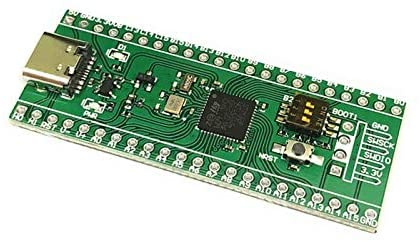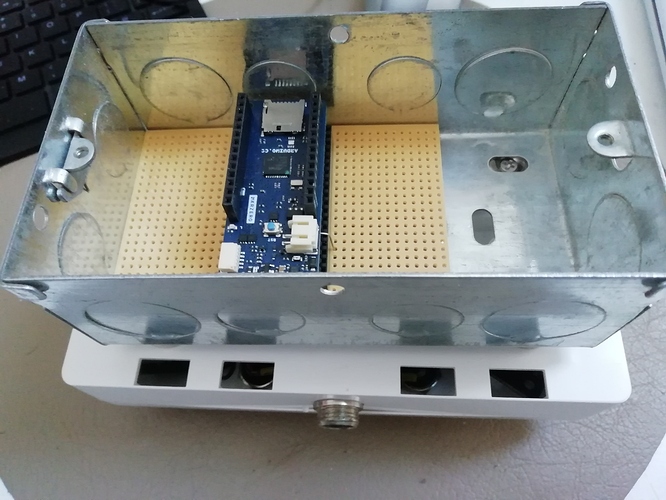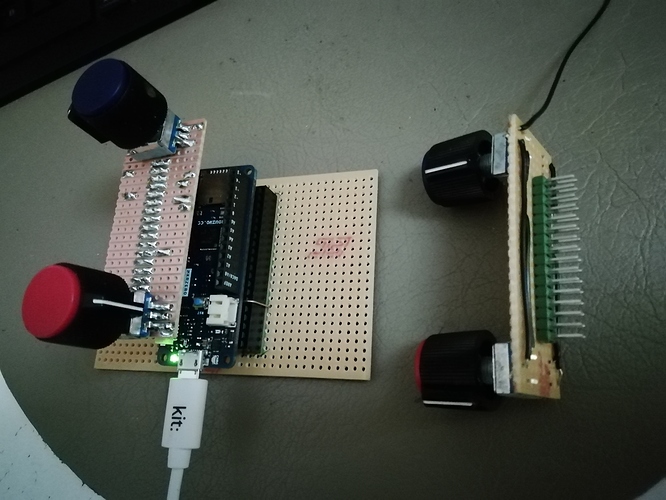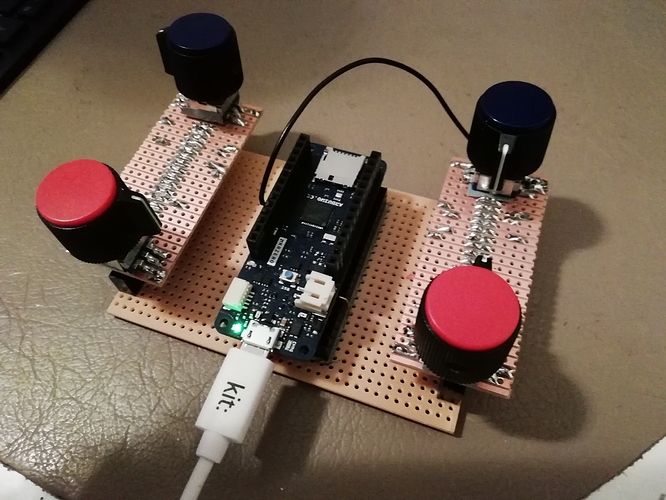FOLLOWING TWO POSTS MOVED FROM SEPARATE THREAD STARTED AT THE SAME TIME
Regrettably, I have to accept that @riban 's lucky guess about the quality of long 12c connections was, for once, actually accurate. This means that I am abandoning that particular route to allow wire linked remote control of the pedal board zynthian.
But do not dispair good toilers at the zynthian mines! Liberation may still be attained! Another ludicrous hair brained scheme has occurred to me…
Using an arduino mkrzero ( the wyleu adopted lump of choice at the moment) to bridge between the All-in-one 12c connection and a couple of interupt pins and a USB connection which could feed instruction into the USB port of a zynthian.
This seems a rather more supportable mechanism, and also relieves the world of soldering up tiny aircraft connectors and all the associated brew haha.
But, and here I appeal to the slightest element of democracy we are allowed down her at the coal face. How best to implement it?
Suggestions
1/ Fake the keyboard QWERTY mechanism over USB to present all operations as key presses derived from the I2C behaviour of the encoders, encoder switches and i/o switches ( are the later supported in the QWERTY keyboard protocols…?)
2/ Fake the MIDI mechanism over the USB to present all operations as MIDI Messages derived from the 12C behaviour of the encoders, encoder switches and i/o switches
3/ Fake the OSC mechanism over the USB to present all operations as OSC Messages derived from the 12C behaviour of the encoders, encoder switches and i/o switches
4/ Ignore the i2c and work it all out from encoders and switches on the mkrzero i/o ports. transmitted in one of the mentioned formats over USB
5/ Send highly trained observant ravens to peck at the touchscreen in response to encoder … etc…
From a community prospect I suspect doing all of these might be beneficial with a suitable protocol switch althou’ ravens are a little thin on the ground, since they have been discovered to make very fine soup…
Any thoughts …? Minimum coding in the arduino and zynthian realm would, of course, be advantagous in so many ways.
 . )
. )




